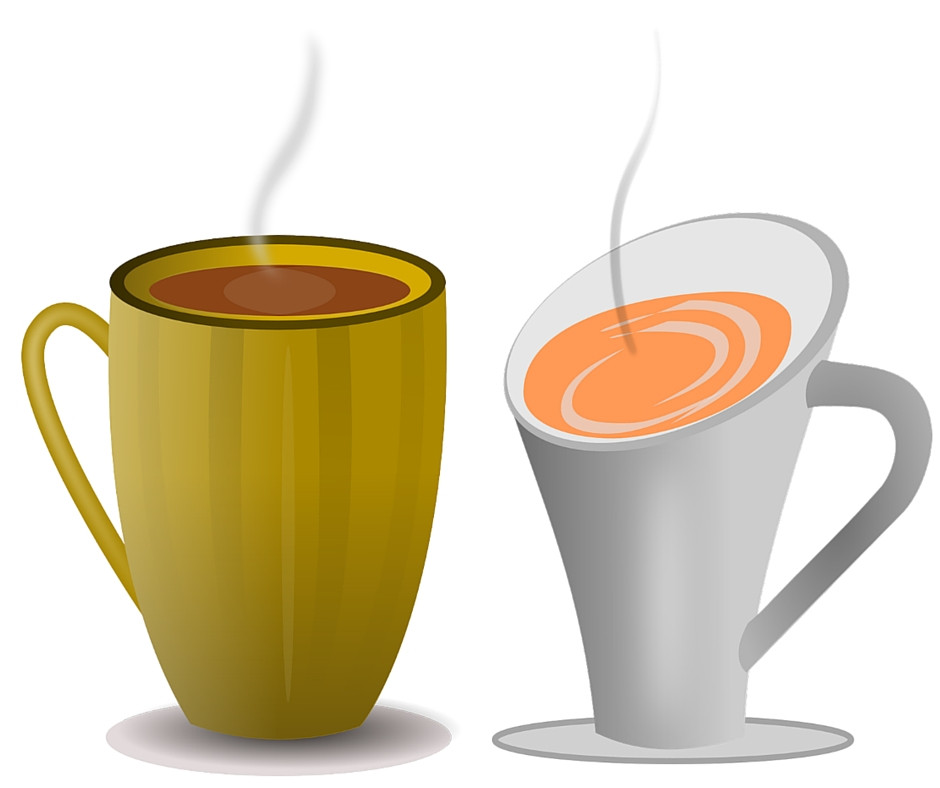Function of conjunctions in sentences
Words we often see in English such as And, After, Before, As Soon As, .... connect sentences, phrases and clauses together. That is the conjunction. In this article, EnglishTopVN will help you get an overview of Conjunctions in English and how to use them properly.
1. Concepts
Summary:
Conjunctions in English are words that connect two simple sentences together into a compound sentence.
Each simple sentence in a compound sentence is called a clause.
Each conjunction has its own meaning, expressing the meaningful relationship of the sentences it connects.
Conjunctions In English, they are words that connect two simple sentences together into a compound sentence. Each simple sentence in a compound sentence is called a clause.
- Conjunctions helps us express complex ideas by putting simple sentences together. Each conjunction carries a different meaning, expressing the meaningful relationship of the sentences it connects.
For example:
- I like the smell of coffee, but I don't like drinking coffee.
- I don't like drinking coffee, so I ordered some tea.

I don't like drinking coffee, so I ordered some tea.
- But if we follow the above definition, the conjunction connects two sentences together. So what about these cases?
- I love tea and milk.
- Tim and I are studying English.
- Conjunctions and In the above two sentences, we do not connect two sentences but connect two words together (connect tea with milk; connect Tim with I). We can understand that conjunctions can connect two nouns together, or we can also understand as follows:
- I love tea and milk.
→ The same subject is I and the same verb is love So the above sentence can be omitted once I love for a more concise sentence.
- Tim and I are studying English.
→ The same action is to be studying English So the above sentence can be omitted once to be studying English for a more concise sentence.
- So it can still be understood that the main function of conjunctions is to connect two simple sentences together into a compound sentence!

I love tea and milk.
2. Three ways to separate two sentences in English
|
Summary: In English, two sentences can only be separated in one of three ways:
|
In Vietnamese, we can separate two sentences quite comfortably with periods or commas, for example:
-
My mother often takes me to the park. Every time I go there I feel very happy.
However, in English, two sentences can only be separated by a period, a semicolon, or a conjunction.
-
My mother often takes me to the park. Every time we go there I feel very happy.
We must be extremely careful that in English, commas cannot be used to connect two sentences together.
- WRONG GRAMMAR: My mother often takes me to the park, every time we went there I feel very happy
3. Distinguish between conjunctions and prepositions
|
Summary: Differences between conjunctions and prepositions:
|
Conjunctions has the function of linking 2 simple sentences together into a compound sentence, so after the conjunction there must be a clause (a sentence with a complete subject and tense verb). And that is also the most obvious difference between conjunctions and prepositions:
-
After prepositions Are not to have a clause.
-
After the conjunction there can be a clause.
For example:
- I couldn't go out because of the rain.
→ I couldn't go out. because rainy. → Because the rain is not a clause (a full sentence), but just a noun phrase, so a preposition must be used here because of.
- I couldn't go out because it was raining.
→ I couldn't go out because it's raining.→ Because it was raining is a clause (a full sentence), so a preposition cannot be used here because of but must use conjunctions because.
4. Distinguish between conjunctions and adverbs
|
Summary: The difference between conjunctions and adverbs:
|
Let's look at these two sentences:
- I came to visit Mary. However, she was not home.
- I came to visit Mary, but she was not home.
At first glance however seems like a conjunction, because it's also joining two sentences, but actually however is an adverb and not a conjunction for two reasons:
+ Firstly, these two sentences themselves are still separated by a punctuation mark, but have not been combined into one sentence.
+ Second is, however can move somewhere else in the second sentence, but not necessarily at the beginning of the second sentence:
-
I came to visit Mary. However, she was not home.
-
I came to visit Mary, but she was not home.
That is also the most obvious difference between conjunctions and adverbs:
-
Conjunctions must come at the beginning of 1 of 2 sentences (at the beginning of 1 of 2 clauses)
-
Adverbs do not have to come at the beginning of the sentence.
5. Types of conjunctions
Conjunctions in English can be divided into the following types. You can click on the link of each type to learn details about that type.
|
Type of conjunction |
Conjunctions |
For example |
|
Compounding conjunctions |
Contains 7 words: and, or, nor, but, yet, for, so |
I love tea and milk. = I really like tea and milk. |
|
Correlative conjunctions |
Some common correlative conjunctions:
|
Not only did she forget my birthday, but she also didn’t even apologize for forgetting it. |
|
Subordinating conjunctions |
Some common subordinating conjunctions: before, after, when, while, until, although, because, since ... |
He is learning Engilsh because he wants to talk to people from all over the world. |
6. Summary
-
In English, two sentences can only be separated in one of three ways:
→ Dot → Semicolon → Conjunction
-
Conjunctions in English are words that connect two simple sentences together into a compound sentence.
→ Each simple sentence in a compound sentence is called a clause.→ Each conjunction has its own meaning, showing the meaningful relationship of the sentences it connects.
-
There cannot be a clause after a preposition, but after a conjunction there can be a clause.
-
Conjunctions must come at the beginning of 1 of the 2 sentences they join, but adverbs do not.
-
Conjunctions in English can be divided into the following types:
→ Coordinating conjunctions→ Correlative conjunctions→ Subordinating conjunctions

